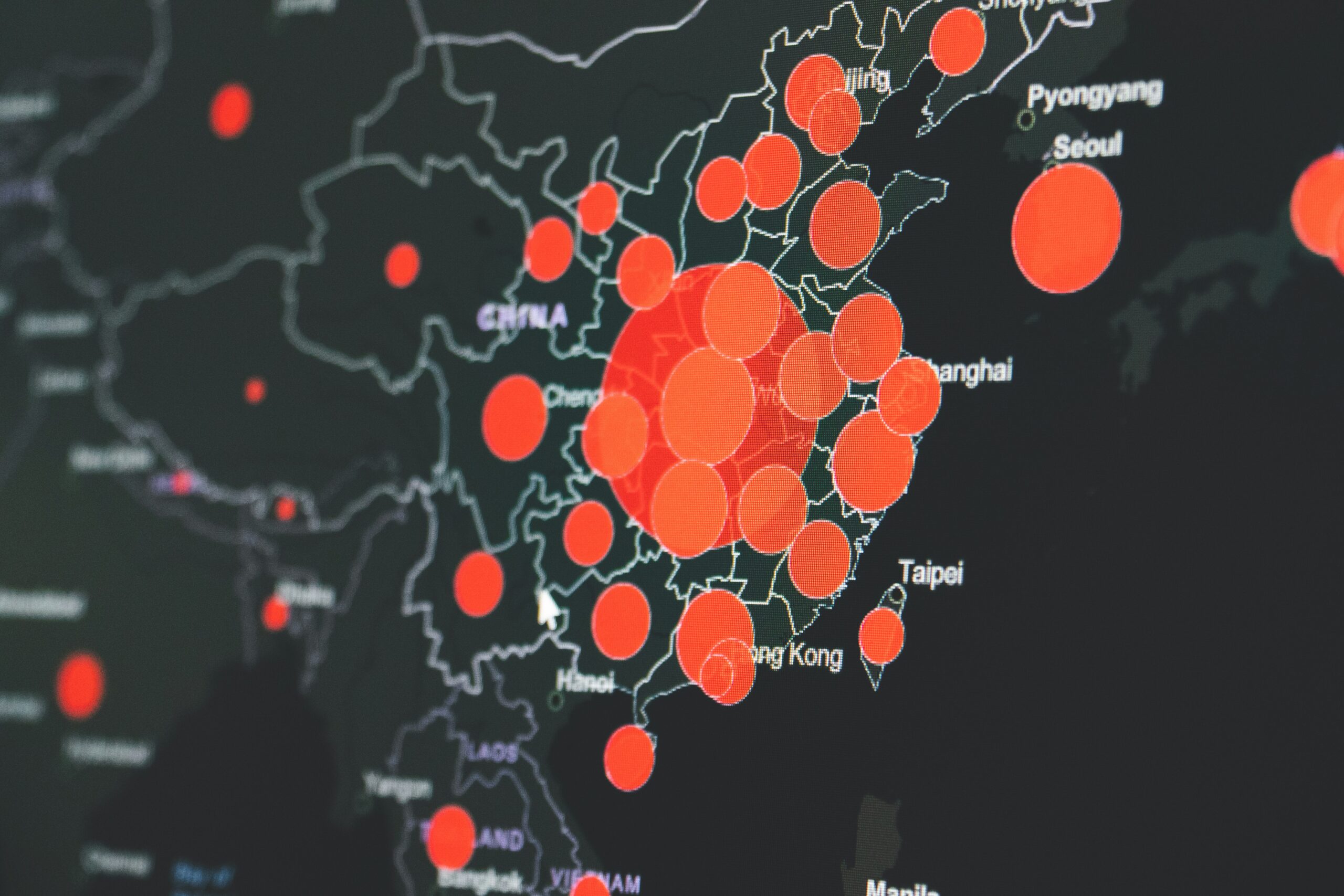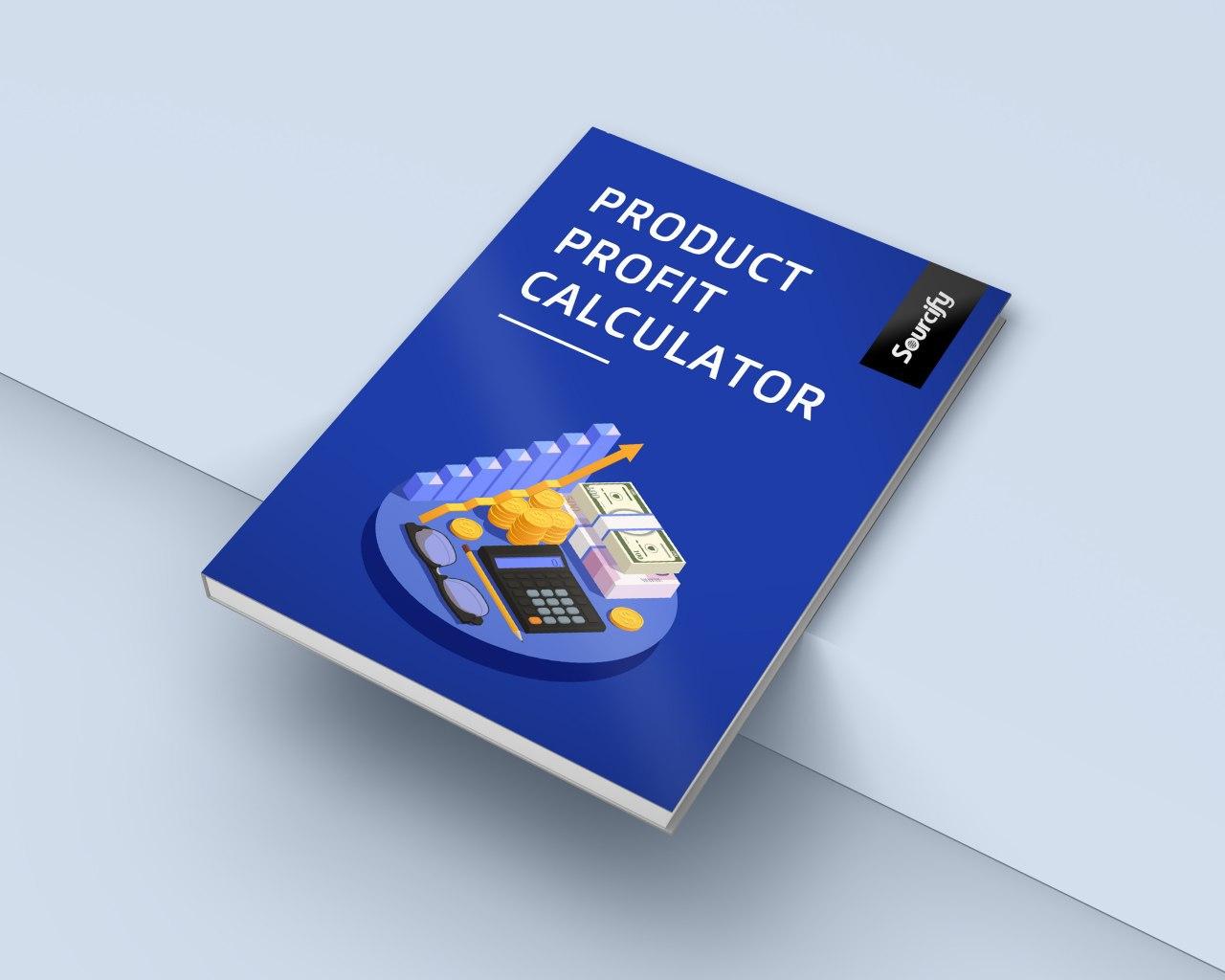For many brands, especially those in fashion, textiles, and home goods, tariffs are more than just a line item—they’re a direct hit to margins. As global sourcing strategies evolve and geopolitical tensions shift, understanding the real cost of tariffs is crucial to maintaining profitability. But it’s not just about what you pay at customs—it’s about how those charges cascade through your entire supply chain, from sourcing to fulfillment to reverse logistics.
So how should brands calculate the total cost impact of tariffs? Let’s break it down.
1. Start with Landed Cost
Tariffs are typically embedded into a product’s landed cost—the total price of a product once it has arrived at your warehouse, including:
- Product cost
- Shipping and freight
- Insurance
- Customs duties and tariffs
- Handling and port fees
To calculate this accurately, brands must keep a close eye on tariff classifications (HTS codes), trade agreements, and country of origin rules. Small changes—like switching a subcomponent’s country of origin—can affect duty rates significantly.
2. Model Tariff Impacts Across SKUs and Suppliers
Not all products or suppliers are affected equally. A 15% tariff on a top-selling SKU can have a drastically different impact than the same tariff on a niche product. Brands should:
- Analyze which SKUs carry the highest tariff burden
- Map out suppliers by region and tariff exposure
- Consider shifting suppliers or countries of origin where feasible
This modeling helps forecast the cost implications of tariff changes and plan proactive adjustments to sourcing strategy.
3. Factor in Fulfillment and Storage
Increased landed costs don’t stop at the port. Higher product costs mean:
- Higher inventory carrying costs (because your inventory is more valuable)
- More expensive insurance
- Larger investments tied up in stock
If you’re fulfilling out of multiple warehouses—or using a 3PL—your storage and handling costs may scale with the value of inventory, not just volume. It’s important to update your fulfillment cost models to reflect these tariff-driven changes in product value.
4. Don’t Overlook Reverse Logistics
This is where many brands fail to connect the dots. As our partner Corso highlights:
“As increased tariffs raise the landed costs of goods, brands need to be more focused on strengthening their reverse logistics. In industries like fashion, textiles, and home goods, companies can see between 10–35% return rates. Brands that focus on being able to refurbish and resell return inventory will see the effects hit their bottom line. A solid returns process helps brands get the most value out of their returned inventory, reducing losses and turning returns into a chance to boost profits.”
When tariffs inflate the value of your inventory, returns become more expensive too. Think:
- Lost margin on returned items
- Increased restocking and refurbishment costs
- Potential write-offs for damaged or non-resellable inventory
Brands that build efficient, scalable return systems—and invest in refurbishment capabilities—can recover more value and minimize the financial hit.
5. Evaluate Total Tariff Burden in Your P&L
Ultimately, tariffs aren’t a standalone problem. They ripple through your:
- Cost of Goods Sold (COGS)
- Fulfillment and logistics spend
- Return-related write-offs
- Cash flow and inventory financing
Brands that build detailed cost models across their supply chains—layering in tariff exposure, return rates, and fulfillment costs—gain a more accurate picture of the real cost impact.
Final Thoughts
Tariffs are here to stay—and so are rising expectations from customers when it comes to delivery speed, return policies, and sustainability. That means brands must look beyond the initial import fee and consider the full lifecycle of their product, from factory to front door to potential return.
If you’re rethinking your sourcing strategy in light of rising tariffs, Sourcify can help. We work with brands to optimize their supply chains, reduce dependency on high-tariff regions, and create more resilient sourcing models.




